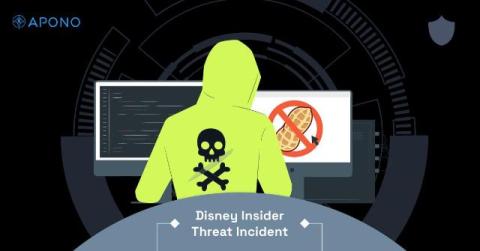This is How the Disney Insider Threat Incident Reframes IAM Security
It’s not that often that a story about a Joiner-Mover-Leaver (JML) failure makes the international news. But throw in an insider threat actor making potentially life threatening changes to the impacted systems and it becomes quite the doozy. Especially when the company at the center of the story is Disney.











